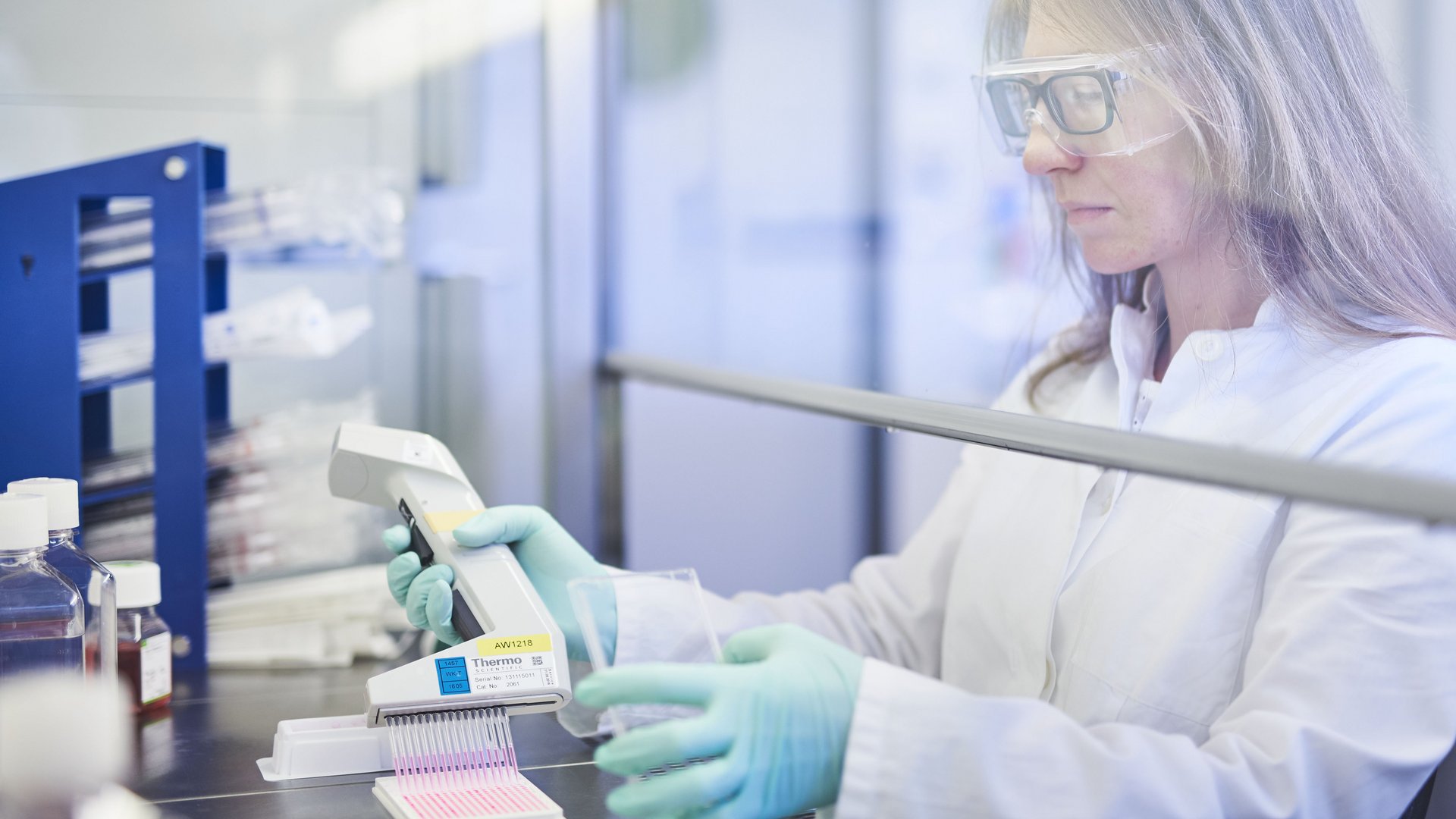Industry-grade in vitro assays that capture the biology of a target are at the core of our service portfolio. We engineer relevant, robust, and scalable assays to develop human medicines and veterinary therapeutics, as well as bioactive substances and research tools for industrial and green biotech. Assay.Works designs custom assays from scratch or develops optimized solutions tailored to clients’ needs. We work technology-independent and can rely on a broad spectrum of assay formats with proven success record.
Assay Format Examples
Read more on our Cell-based and Biochemical Assay Examples
Choosing the right assay
Relevant assays emulate and capture the physiologically and/or pathophysiologically relevant state of a therapeutic target. Our bioactive reference substance collection comprising more than 5,000 compounds with defined mechanistic properties guides development of biologically meaningful assays that enable screening for chemical matter with the desired mechanism of action (MOA).
Biochemical assays are valuable for discovery and evaluation of compounds that specifically modulate activity of therapeutic targets outside of the context of a living cell. Key feature of biochemical assays is their inherent low biological complexity which makes them robust and reliable. We prefer and recommend ratiometric biochemical assay formats that quantitatively measure specific on-target activities. Ratiometric assays can eliminate signal variation and errors caused by non-specific interference of the test compound. The use of red-shifted dyes or time-resolved fluorescence read-outs can further help minimizing issues introduced by auto-fluorescence of test compounds.
Cell-based assays measure activity of drug compounds on pharmaceutical targets via a relevant read-out in the context of a living cell. Cell-based assays are required for drug targets, which are difficult to purify or non-functional outside of the context of a living cell. Examples include the large family of G protein-coupled receptors (GPCRs), as well as ion channels and transporters located to cellular membranes, or other target proteins composed of multiple subunits. Despite their pronounced biological complexity, cell-based assays allow measurement of convoluted signaling pathways and assessment of additional properties of test compounds including efficacy, cytotoxicity, and other effects not directly related to target-binding. Cell-based assays that intercept activity signals close to the target are usually less prone to signal interference compared to readouts measured further downstream of the target. However, these distally measured readouts are often preferred due to their enhanced sensitivity and ease of use. If available, we use reference compounds to calibrate a cell-based assay, and confirm that all measured cellular responses are specific to the target of interest. Additionally, "High content", multi-parametric live-cell microscopy readouts and Artificial Intelligence (AI)-guided approaches such as cell painting have further potential to effectively distinguish target-related activities from non-specific "off-target" compound effects.
Getting the assay right
Identification of the most relevant assay is the first critical step to success. During tailored optimization and bench-to-robot automatization, we ensure that your assay:
- Robustly segregates true activity from background noise as indicated by a high signal-to-background ratio as well as a low variance across the signal range.
- Delivers consistent results across plates and repeated experiments, whether your assay is run at Assay.Works or transferred to your laboratory.
- Balances quality, scalability, and cost-efficiency.



